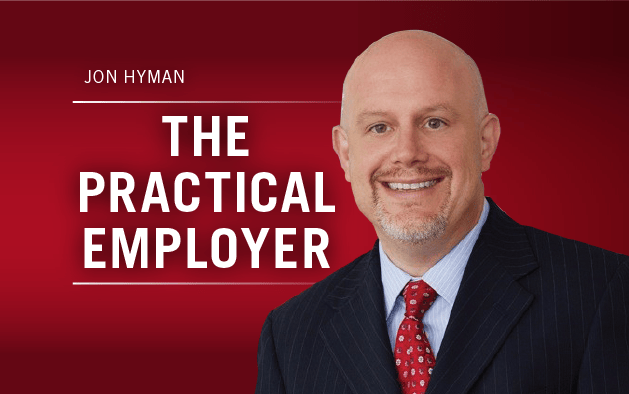Joey Kramer, Aerosmith’s founding and longtime drummer, is suing his band mates after they blocked him from joining them at upcoming high-profile events, including this weekend’s honor as the 2020 MusiCares Person of the Year and its Lifetime Achievement Award at this weekend’s Grammys.
Kramer claims that Steven Tyler, Joe Perry, Tom Hamilton and Brad Whitford are not allowing him back in the band following a temporary disability from minor injuries he suffered last year. According to TMZ, Kramer claims the band required the Aerosmith drummer to audition to prove he was “able to play at an appropriate level” before he could regain his drummer role. He further claims that this audition is unprecedented in the band’s 50-year history, during which each of other members had to step away for various reasons.
According to the EEOC, under the ADA:
If an employer has a reasonable belief that an employee’s present ability to perform essential job functions will be impaired by a medical condition or that s/he will pose a direct threat due to a medical condition, the employer may make disability-related inquiries or require the employee to submit to a medical examination. Any inquiries or examination, however, must be limited in scope to what is needed to make an assessment of the employee’s ability to work. Usually, inquiries or examinations related to the specific medical condition for which the employee took leave will be all that is warranted. The employer may not use the employee’s leave as a justification for making far-ranging disability-related inquiries or requiring an unrelated medical examination.
The issue is more complicated if the FMLA covers the employee’s leave. According to the DOL’s FMLA regulations:
-
- As a precondition of restoring an employee out on FMLA leave for his or her own serious health condition, an employer can require the employee to obtain and present certification from the employee’s health care provider that the employee is able to resume work.
-
- The fitness-for-duty requirement must be made pursuant to a uniformly-applied policy or practice that requires it for all similarly-situated employees (i.e., same occupation, same serious health condition).
-
- An employer may only require a fitness-for-duty certification if it advised the employee of the requirement in the required FMLA designation notice at the outset of the leave.
-
- The requested fitness-for-duty certification is limited to the particular serious health condition that caused the need for the FMLA leave, must certify that the employee is able to return to work, and may also certify (if requested) that the employee is able to perform the essential functions of the job.
-
- Unlike medical certifications at the outset of an FMLA leave, fitness-for-duty certifications are a one-shot deal. No second or third certifications are permitted.
-
- Failure by an employee to submit a requested fitness-for-duty certification strips an employee of his or her job restoration rights (unless the employer failed to advise the employee of the requirement at the outset of the leave).
- The employer can require the employee to bear the cost of the fitness-for-duty certification.
Here’s where it can get really tricky. A failure by an employee’s medical provider to certify the employee as fit to return to work could trigger an employer’s obligation to engage in the ADA’s interactive process with the employee for a reasonable accommodation. If the employee’s medical provider, instead of returning the employee to work without restrictions, either asks for additional, finite unpaid time off or restrictions upon the return to work, the employer should engage with the employee to determine what accommodations are possible under the ADA. The failure to do so could result in an ADA violation.
These issues are tricky and fraught with legal risk. You should be contacting your employment counsel to help you navigate these issues when they arise.



 Your reaction to these events says a lot about how ready you are to be a manager in the coming decade. Your company is not likely to be of much help.
Your reaction to these events says a lot about how ready you are to be a manager in the coming decade. Your company is not likely to be of much help.



 From
From 
